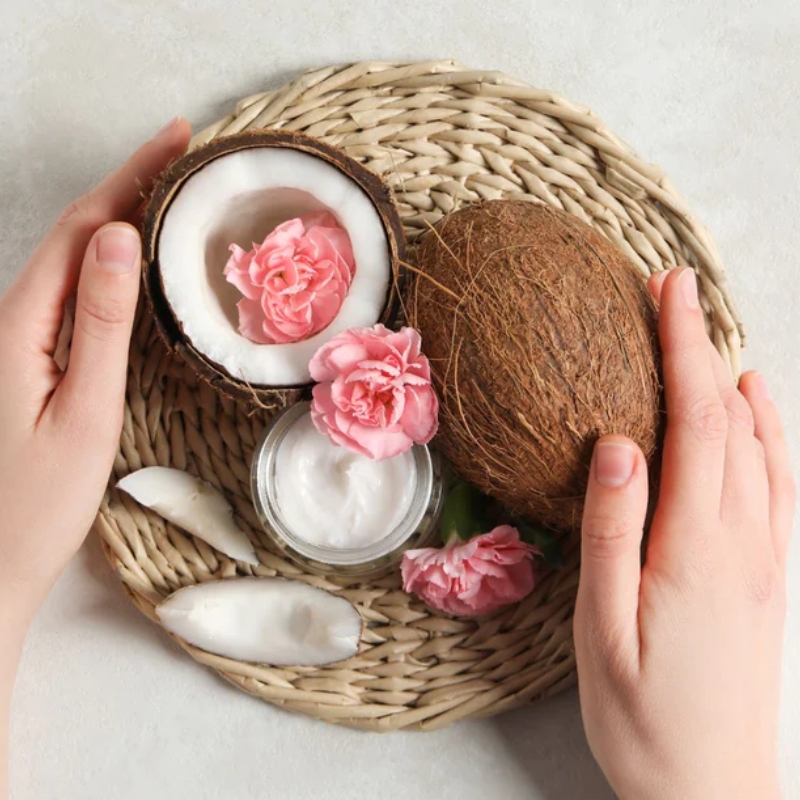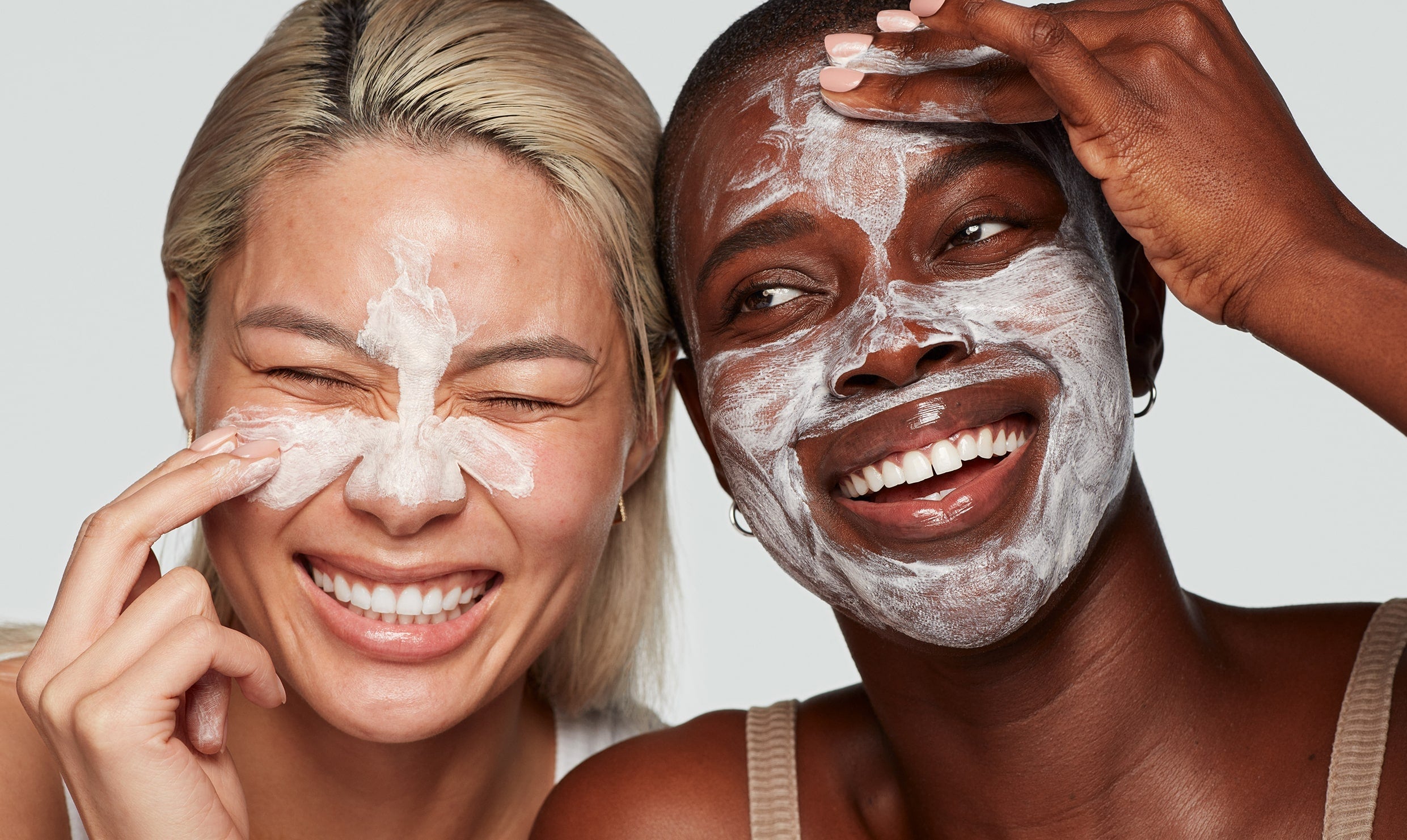
Navigating the world of retinoids can be a bewildering and intimidating experience due to their complex nature and terminology. That’s why I set out to simplify and clarify the topic for all of you.
There is a hierarchy of retinoids ranging from least irritating/least effective to most irritating/most effective. For people with sensitive skin, caution is recommended before starting tretinoin immediately.
Two main categories There are several types of retinoids: over-the-counter retinoids and prescription retinoids.
Retinoids are classified into four main groups: retinyl esters, retinol, retinaldehyde and retinoic acid. The first three can be found in over-the-counter skin care products, while retinoic acid can be obtained exclusively with a prescription.
Regardless of the specific retinoid you apply to your skin, your skin can only use its most biologically active variant, which is retinoic acid. Over-the-counter retinoids take time to convert to the most effective form of retinoic acid (vitamin A), and therefore it will take longer to notice results.
To understand this, let’s imagine a cheap cup of coffee, latte, cappuccino, espresso, and a double espresso. They all contain coffee. However, as you go up the list, the flavor of the coffee becomes more intense and even has more caffeine per ounce. Double espressos consist of 100% pure espresso without any substances to dilute it. It will be more effective in waking you up and will even taste better than a cheap cup of coffee. That cheap cup of coffee was brewed with low-quality beans from the bottom of the barrel, while the fancy double espresso was brewed on a farm where they hand-selected the best coffee beans and are only available in prestigious coffee shops around the world. Espresso coffee has to go through a lot of steps to become an espresso bean. Similarly, prescription retinoids went through the necessary steps to become the most potent form of vitamin A.
Now imagine that double espresso is a prescription retinoid. Coffee newbies will be put off by double espressos and might even get nervous about how strong it is. Prescription retinoids can put people off due to their strength and not being able to endure the painful “purge” period.
Over-the-counter retinoids:
Retinyl esters (cheap coffee cup)
Retinyl esters are the mildest form of retinoids; They go through a total of three chemical reactions to become active retinoic acid in the skin. Retinoic acid is the most effective in reducing fine lines and wrinkles. Retinyl esters require 3 chemical reactions to even convert to retinoic acid. A prolonged conversion process through less potent Retinoids means that more time is required to see noticeable results. Retinyl acetate, retinyl linoleate, and retinyl palmitate are ingredients to look for if you want a retinyl ester product.
Retinyl esters > Retinol > Retinaldehyde > Pure retinoic acid
Examples of products with retinyl acetate, retinyl linoleate and retinyl palmitate
Retinol (coffee with milk)
Arguably the most famous type of retinoid, celebrated for its numerous anti-aging and skin-renewing benefits, is retinol. Retinol undergoes a two-step conversion process to become retinoic acid, making it more potent than retinyl esters. However, it has gained notoriety for its potential to cause irritation, dryness and peeling of the skin, which can pose challenges for people with sensitive skin. This is because the skin may need some time to adjust to the retinol.
It is worth noting that retinol is considered about 20 times less powerful than prescribed tretinoin. This lower potency is due to retinol’s time-release mechanism, which delivers it slowly to the skin over several hours, rather than all at once after application.
Retinol > Retinaldehyde > Pure retinoic acid
Examples of products with Retinol
Bakuchiol (alternative to retinol)
A natural compound extracted from the seeds and leaves of the Psoralea Corylifolia plant, also known as “babchi” or “bakuchiol”, has attracted widespread attention within the skin care industry. This attention is due to its potential perceived benefits and properties that closely resemble those of retinol, a widely recognized and frequently used anti-aging ingredient.
Bakuchiol is often used as a natural substitute for retinol due to its perceived ability to provide similar skincare benefits. These benefits include improving skin texture, reducing the visibility of fine lines and wrinkles, and stimulating collagen production. In particular, bakuchiol is believed to achieve these benefits. without the possible side effects and skin sensitivity commonly associated with retinol. Consequently, it is often considered a gentler alternative, especially suitable for people with sensitive or reactive skin.
Examples of products with Bakuchiol
Retinaldehyde (cappuccino)
Often known as “retinal,” it is the most potent over-the-counter retinoid. It only requires one conversion step to activate, making it more potent than retinyl esters and retinol.
Despite being gentler than pure retinoic acid, you may still experience irritation and dryness when using retinol
It is important to remember that the closer a retinoid is to retinoic acid, the more more effectively It performs its functions AND tends to be more drying and irritating. In simpler terms, among over-the-counter treatments, retinaldehyde has greater potency compared to retinyl esters, but it is also stronger.
Retinaldehyde > Pure retinoic acid
Examples of products with retinaldehyde
adapalene
Adapalene is a synthetic retinoid that is activated without the need for conversion to retinoic acid. Its effectiveness in treating acne is well established and it has gained attention for its role in addressing concerns such as dark spots and fine lines within anti-aging products.
Besides, investigation has shown that 0.1% adapalene gel has significantly greater photostability than 0.0025% tretinoin gel.
in a private study, between 69 and 74 percent of people treated with adapalene reported “dramatic reductions” in both inflammatory and non-inflammatory acne lesions. Some studies suggest that adapalene offers comparable efficacy to tretinoin, but appears to be associated with a lower likelihood of causing irritation.
In contrast, prescription adapalene has not been studied as extensively for its anti-aging properties and is generally prescribed less frequently than tretinoin to treat signs of aging.
Examples of products with Adapalene
Prescription retinoids
Retinoic acid represents the most powerful form of retinoids and is biologically active immediately on the skin. It offers faster results, but can also cause stronger side effects, such as dryness, peeling, and irritation. This form is available exclusively by prescription and is prescribed for serious skin conditions such as cystic acne, signs of aging, hyperpigmentation, and melasma.
At its highest concentration, retinoic acid can be significantly more potent.often hundreds times more powerful than retinol or retinaldehyde found in cosmetic products. This increased potency offers superior results and is worth consulting with your dermatologist if over-the-counter retinoids haven’t worked for you.
> Pure Retinoic Acid
Trifarotene (espresso)
Trifarotene is a recent addition to prescription retinoids. It facilitates the removal of dead skin cells, unclogging pores and preventing acne formation. Trifarotene’s strong preference for binding to RARg suggests that it could be particularly effective in targeting the underlying causes of acne. RARg is involved in regulating the differentiation of skin cells and the development of hair follicles, which play a role in the formation of acne lesions. By targeting RARg, trifarotene may help regulate these processes and reduce acne symptoms.
Tretinoin (express)
Tretinoin, widely recognized as Retin-A, works as a topical variant of pure retinoic acid and is exceptionally efficient to address a variety of skin concerns, such as hyperpigmentation, acne and fine lines. It has potency, but can cause peeling, dryness, redness and an initial breakout of acne as the skin “purges” all the dirt. Gradual application and use of an appropriate moisturizer can help the skin adapt more comfortably.
Isotretinoin (double espresso)
Isotretinoin, commonly known as Accutane, is the oral form of retinoic acid and ranks as the most Potent and effective oral retinoid available. Medical professionals prescribe it for severe, refractory acne because it has the ability to permanently reduce sebum (oil) production. Side effects associated with isotretinoin include dry skin, dry eyes, dry nose, dry lips, and occasional muscle discomfort. Its effects are closely monitored by regular blood tests.
Tazarotene (double espresso)
Tazarotene, also recognized as Tazorac, ranks as the most potent topical retinoid. Its applications extend to the treatment of acne and psoriasis, and the treatment of the effects of skin photodamage. Tazarotene can be noticeably drying and comes in various formulations, with gels being the most potentially irritating.










